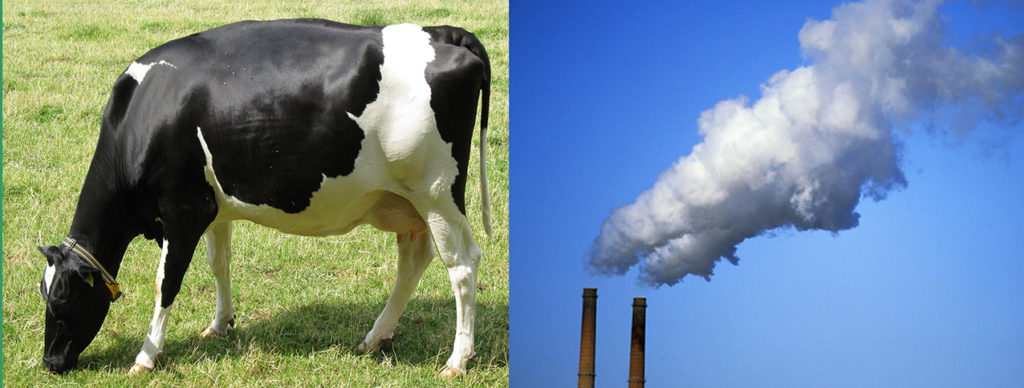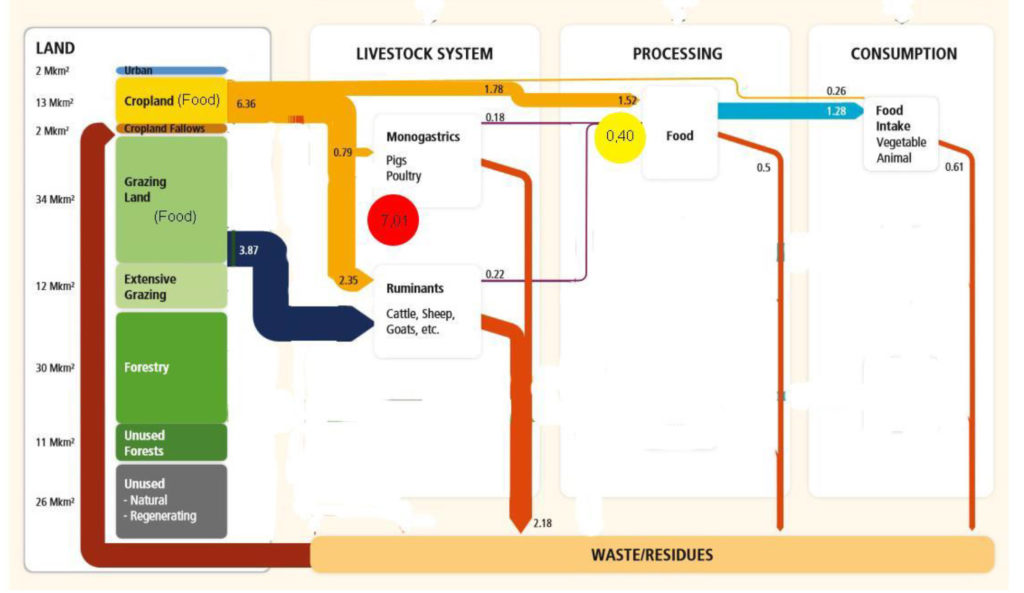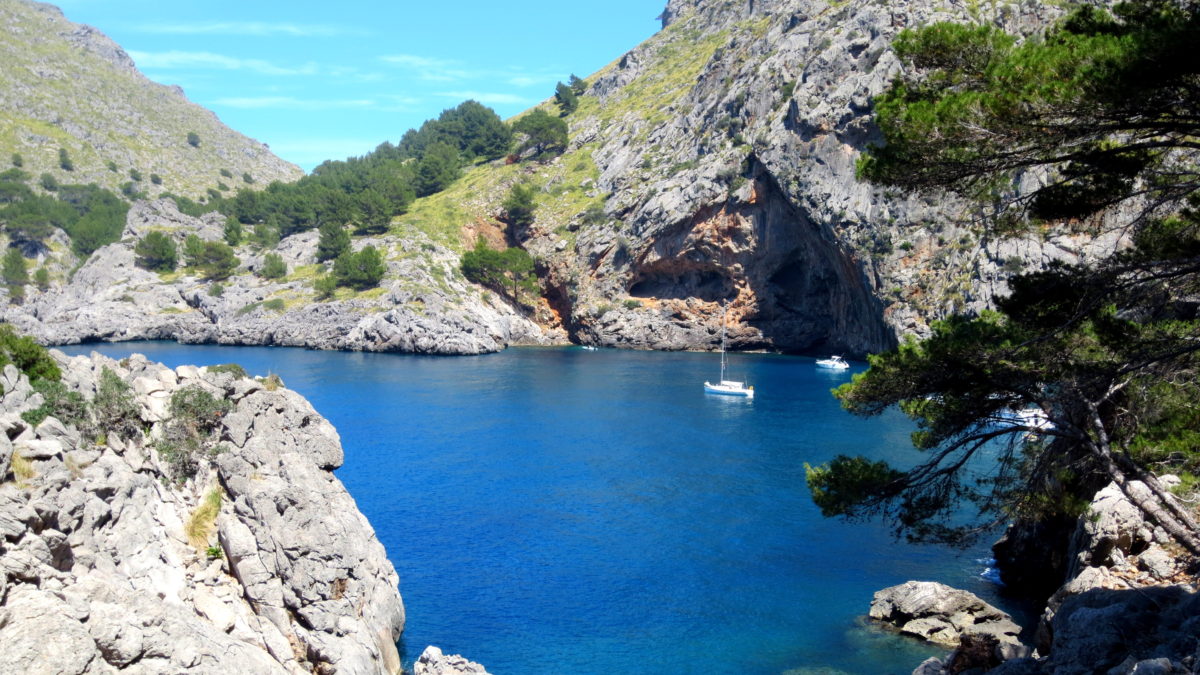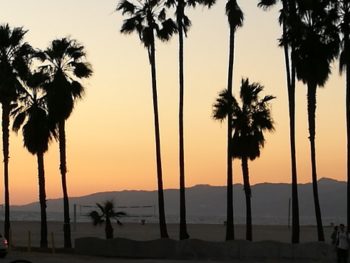Everyday dishonest claims like “Greenhouse gases warm up the earth” and “Drive electric, save the world from overheating” are shown on TV, social media, and billboards. Nothing is further from the truth, ending consumption of oil today will heat up the earth more, not less.
Human made Greenhouse gases
The main human made greenhouses gases are: Carbon dioxide (CO2), Methane (CH4), nitrous oxide (N2O), and Sulfate aerosols (SO2). Carbon dioxide, methane and nitrous oxide heat up the earth and Sulfate aerosols cool down the globe¹.
Heating and cooling the earth
When driving my car, the car emits CO2 and SO2. CO2 heats up the earth for about 1000 years, and SO2 cools it down. But SO2 has a 1-week lifetime, consequently, after 1 week, the SO2 is gone and so is the cooling effect. The CO2 stays for 1000 years heating up the globe.
How big is that cooling impact of SO2?
IPPC estimated that SO2 reduces the heating of all CO2 greenhouse gasses by 60%¹. To put it in perspective, it’s like reducing boiling water from 100 degrees Celsius to a mere hot shower of 40 degrees Celsius. Therefore, stopping burning fossil fuels is a disaster for climate change.
Does it matter if the earth is getting warmer?
Nobody can predict the future. Most scientists say it is bad and I believe it is bad. A warmer climate of 2 or 3 degrees Celsius reduces plant growth, and the ocean’s capacity to make oxygen for us to breathe. Rising temperatures increase ocean water levels that will flood cities and islands and reduces freshwater supply. We will slowly get cooked, with no food or freshwater.
In my lifetime?
No worries you will be fine, if you have money to pay for more expensive food and water, don’t live on an island or city with ocean water levels like Miami. It is more your children and grandchildren that will feel the pain.
But how can we get the temperature down?
We can’t stop burning fossil fuels because it will heat up the earth even more. The only solution is to change our diet.
What has food got to do with it?
Livestock (cow, pigs, chickens, etc.) are the largest producers of nitrous oxide (N2O) and methane (CH4) which are more powerful at heating the world than CO2².
Nitrous oxide (N2O) disappears in 100 years and Methane (CH4) disappears in 10 years and so does its heating effect. Therefore, stopping methane now reduces the global heating much faster than stopping with CO2 which is in the air for another 1000 years.
Livestock is responsible for 50% of all human-made greenhouse gases³. Therefore changing diet reduces greenhouse gas emissions by 50%.

How does livestock create that nitrous oxide and methane?
The poo and fertilizer of livestock emits 65% of global nitrous oxide production per year. Cows farting and breathing is creating about 40% of all methane per year.
Does livestock only emit nitrous oxide (N2O) and methane (CH4)?
No, livestock also is responsible for huge amounts of CO2 emissions. In total livestock is responsible for 50% of all human-made greenhouse gases³.
Why are livestock emissions so bad?
Livestock does not emit the SO2 that cools the globe. It emits only the heating greenhouse gasses.
Wait, you telling me that my beef is responsible for half the greenhouse emissions?
Yes, and not only that, also the bad greenhouse gases, the ones that heat up the earth. The Greenhouse gases that we make when driving a car keep the earth cool.
| 50% Us | 50% Livestock |
| Good GHG | Bad GHG |
Eating plants also requires energy and CO2 emissions
Eating plants is more efficient. Eating meat is not efficient. For every 20 kilos of crops, you get 1 kilo of meat and 19 kilos of trash. When eating plants there is no need to feed the livestock.
How much does livestock eat?
Livestock eat more food than the entire world population. They eat twice as much edible food as the entire world population, that is all 8 billion of us⁴.

How come there is not enough food to feed all of humanity, but there is enough food for cows and other livestock?
Food for people is used for livestock instead. If they (livestock) were not alive, we would have enough food for everyone.
How much edible food does livestock generate for us?
Very little, 10% of our food come from livestock. More than 90% of our food comes from plants.
World food supply: 90% from plants and 10% from livestock.
What about the land?
Livestock needs our land, about 45% of all terrestrial land is used by grazing and feeding livestock which creates massive CO2 emissions⁴.

So, livestock eat all our food and use all our land for only 10% of our food?
Yes, and on top of that they produce the bad greenhouse gases heating up our world!
What about trees?
To feed livestock a lot of lands is cleared for farming. That land is destroyed by setting it on fire before being used for farming. These fires alone are responsible for 10% of the yearly CO2 emissions¹.
All the land now used for grazing livestock can be used for growing trees. Trees are CO2 vacuum cleaners. We need more CO2 vacuum cleaners -more trees, to rid of the CO2, not less.
BUT WAIT! With no meat I will die because I won’t get enough protein!
Some people and even doctors say this. But this is simply not true because livestock products provide only one-third of humanity’s protein intake. So, what about the other 70% of the population that already doesn’t eat meat, will they die? There is more than enough protein in a vegetable-based diet. The world’s strongest man eats only plants according to the documentary Game Changers by James Cameron, Arnold Schwarzenegger, Jackie Chan, Lewis Hamilton, Novak Djokovic, and Chris Paul.
I like details that numbers give
Better, I give you an enhanced chart from the IPCC 5th assessment report chapter 11, figure 11.9 page 836, and you will be surprised.

On the top left of the chart, you see land use. We use the land for crops (orange) to eat and to feed the animals. All agricultural land combined generates 6,36 gigatons of food per year. Although only a mere 1,78 gigatons are fed to humans. The rest is for livestock animals and a tiny percentage for bio-energy. Besides, the animals need land to graze (green) and eat more. Annually, animals eat 7,01 Gigatons of food, (see red dot). Here is the most amazing thing, only 0,40 gigatons of food is eaten by us the rest is waste.
Eat plants and keep on driving that car 😊
References:
- Myhre, G., D. Shindell, F.-M. Bréon, W. Collins, J. Fuglestvedt, J. Huang, D. Koch, J.-F. Lamarque, D. Lee, B. Mendoza, T. Nakajima, A. Robock, G. Stephens, T. Takemura and H. Zhang, 2013: Anthropogenic and Natural Radiative Forcing. In: Climate Change 2013: The Physical Science Basis. Contribution of Working group I to the Fifth Assessment Report of the Intergovernmental Panel on Climate Change [Stocker, T.F., D. Qin, G.-K. Plattner, M. Tignor, S.K. Allen, J. Boschung, A. Nauels, Y. Xia, V. Bex and P.M. Midgley (eds.)]. Cambridge University Press, Cambridge, United Kingdom and New York, NY, USA.
- UNEP 2013. Drawing Down N2O to Protect Climate and the Ozone Layer. A UNEP Synthesis Report. United Nations Environment Programme (UNEP), Nairobi, Kenya
- Goodland, R. and Anhang, J. 2011. Livestock and greenhouse gas emissions: The importance of getting the numbers right, by Herrero et al. Anim. Feed Sci. Technol. 166–167, 779–782 (doi: 10.1016/j.anifeedsci.2011.12.028).
- Smith P., M. Bustamante, H. Ahammad, H. Clark, H. Dong, E. A. Elsiddig, H. Haberl, R. Harper, J. House, M. Jafari, O. Masera, C. Mbow, N. H. Ravindranath, C. W. Rice, C. Robledo Abad, A. Romanovskaya, F. Sperling, and F. Tubiello, 2014: Agriculture, Forestry and Other Land Use (AFOLU). In: Climate Change 2014: Mitigation of Climate Change. Contribution of Working Group III to the Fifth Assessment Report of the Intergovernmental Panel on Climate Change [Edenhofer, O., R. Pichs-Madruga, Y. Sokona, E. Farahani, S. Kadner, K. Seyboth, A. Adler, I. Baum, S. Brunner, P. Eickemeier, B. Kriemann, J. Savolainen, S. Schlömer, C. von Stechow, T. Zwickel and J.C. Minx (eds.)]. Cambridge University Press, Cambridge, United Kingdom and New York, NY, USA








